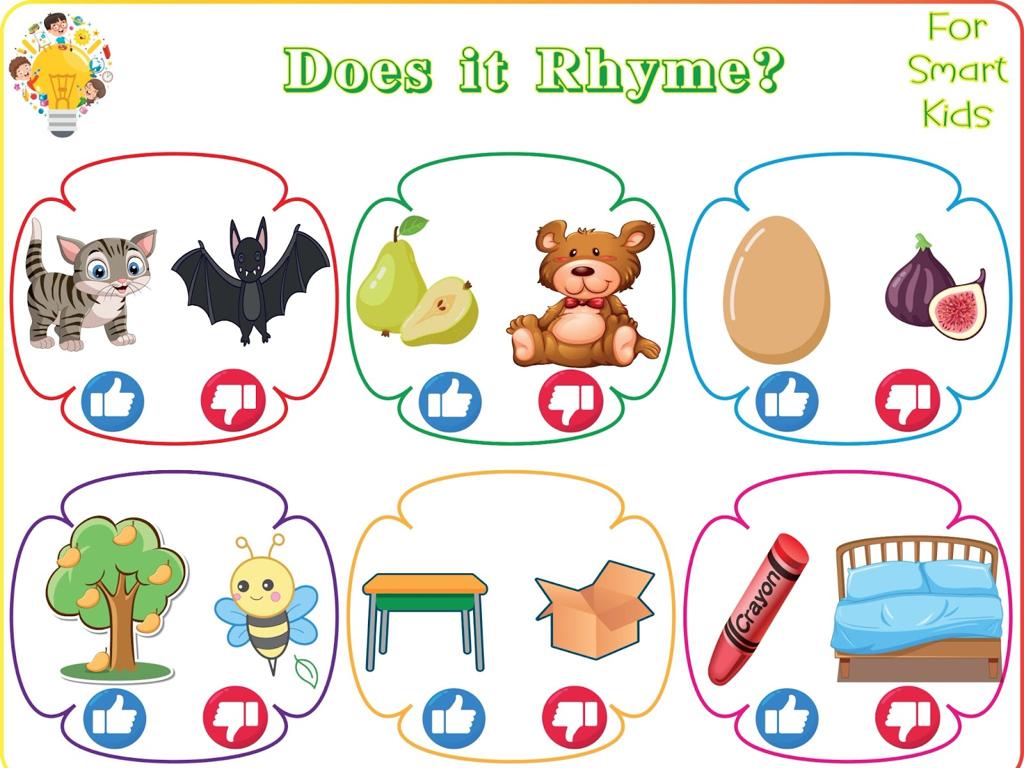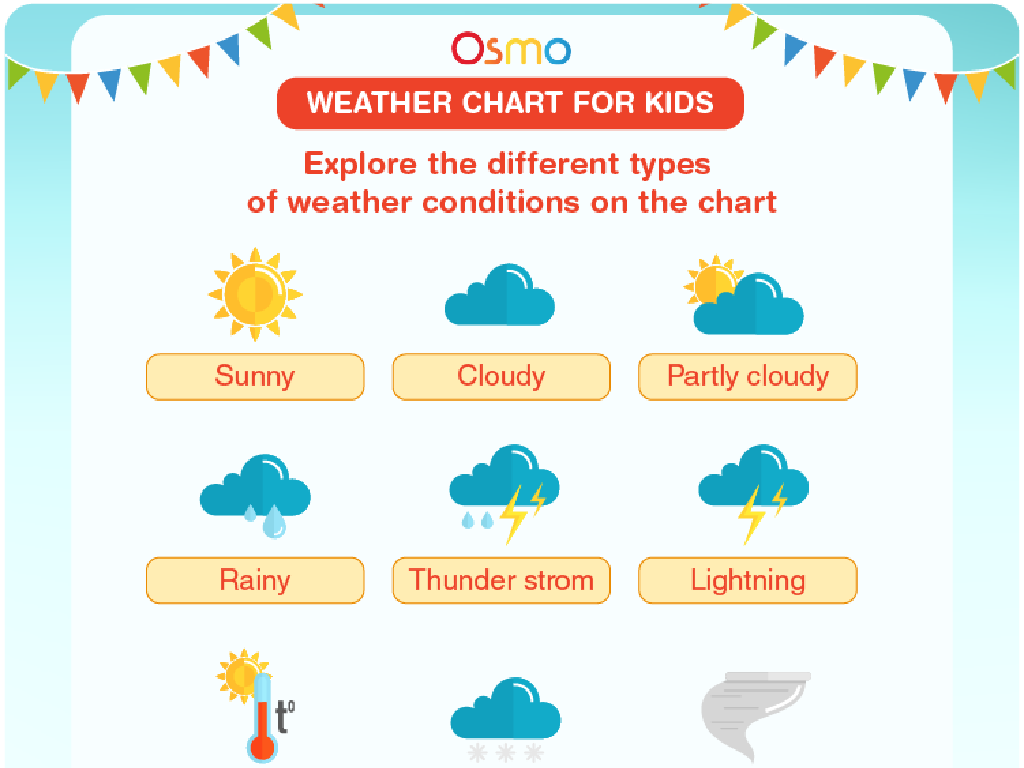Interpret Charts And Graphs To Find The Range
Subject: Math
Grade: Fifth grade
Topic: Statistics
Please LOG IN to download the presentation. Access is available to registered users only.
View More Content
Understanding Range in Charts and Graphs
– What is Statistics?
– Range: A Measure of Spread
– The difference between the highest and lowest values.
– Importance of Learning Range
– Helps us understand data variability.
– Exploring Range in Graphs
– Use examples like heights of classmates or test scores.
|
Begin the lesson by explaining that statistics is a branch of mathematics dealing with data collection, analysis, interpretation, and presentation. Introduce the concept of range as a basic statistical measure that indicates how spread out the values in a data set are. Emphasize the importance of understanding range to analyze real-world data effectively, such as in weather patterns, sports scores, or classroom test results. Use practical examples like comparing the heights of classmates or a range of scores in a test to illustrate how range works with actual data. Encourage students to think of other examples where they might encounter ranges in everyday life.
Understanding Range in Data
– Range: highest minus lowest value
– Range shows data spread
– It tells us how spread out the numbers are
– Example: Heights of classmates
– If shortest is 3.5ft and tallest is 5ft, range is 5 – 3.5 = 1.5ft
– Calculating range step-by-step
– Find the highest & lowest numbers, then subtract
|
This slide introduces the concept of range in statistics, which is a basic measure of the spread or dispersion within a set of data. Start by explaining that range is found by subtracting the smallest value from the largest value in a data set. Emphasize that the range gives us a quick idea of how far apart the data points are from each other. Use a relatable example, such as the heights of classmates, to illustrate how to calculate the range. Walk through the process step-by-step, ensuring students understand how to identify the highest and lowest values and perform the subtraction. Encourage students to think of other examples where they could find the range and why it might be useful information.
Identifying Range in Graphs
– Find highest & lowest points
– Look for the top & bottom values in the graph
– Steps to calculate range
– Subtract lowest point from highest to get range
– Class Practice: Find the Range
– Use the provided bar graph to apply what we’ve learned
|
This slide is aimed at teaching students how to identify the range of a data set by using charts and graphs. Start by explaining that the range is the difference between the highest and lowest points in a data set. Show them how to locate these points on a graph. Then, walk them through the process of calculating the range by subtracting the lowest value from the highest value. For the class practice, provide a bar graph with clearly marked data points and ask the students to find the range. Have several examples ready for students to practice with, and be prepared to assist students who may need help with subtraction or understanding the graph.
Understanding Range in Graphs
– Range in a line graph
– Difference between highest & lowest points
– Range in a pie chart
– Requires comparing sizes of slices
– Activity: Find highest & lowest
– Look for the biggest & smallest values in graphs
|
This slide introduces the concept of range within the context of different types of graphs. For line graphs, students should learn to identify the highest and lowest points on the graph to determine the range. Pie charts are more challenging because they must compare the sizes of the slices to estimate the range. The class activity will involve students examining various graphs to spot the highest and lowest values, reinforcing their understanding of range. Teachers should prepare several examples of line graphs and pie charts with clearly marked data points. Encourage students to discuss how they determine which is the highest and lowest value and to explain their reasoning to the class.
Real-Life Applications of Range
– Range in daily life
– Range in weather patterns
– Helps predict weather: high & low temps of the day
– Range in test scores
– See the spread of scores, from lowest to highest
– Benefits of knowing the range
– Understanding range helps us make better decisions
|
This slide aims to show students how the concept of range is used in everyday life. By understanding the range, we can make sense of various data, such as weather patterns, where knowing the high and low temperatures helps us plan our day. In the classroom, comparing test scores by finding the range allows us to see the spread of students’ performance. Emphasize that knowing the range of any set of data helps us to understand the extent of variation, which is a valuable skill in making informed decisions. Encourage students to think of other areas where they might apply the concept of range and discuss how it can be a useful tool in various scenarios.
Let’s Practice Together: Create and Analyze Graphs
– Create your own graph as a class activity
– Calculate the range of your data
– The range is the difference between the highest and lowest values
– Share your graph and range with the class
– Discuss findings with classmates
– Listen to others’ methods and results
|
This slide introduces a hands-on class activity where students will apply their knowledge of statistics by creating their own graphs using a set of data. They will then calculate the range of their data, which is an important concept in understanding data spread. Afterward, students will present their graphs and explain how they found the range, fostering a collaborative learning environment. The teacher should prepare different sets of data for students to work with and guide them through graph creation and range calculation. Possible activities include graphing favorite snacks, heights of students, or daily temperatures. Encourage students to ask questions during their peers’ presentations to engage with the material actively.
Class Activity: Range Detective
– Analyze the dataset in groups
– Determine the Range of data
– The Range is the difference between the highest and lowest values
– Discuss how you found the Range
– Did you subtract the smallest number from the largest?
– Present findings to the class
|
This activity is designed to engage students with the concept of Range in a practical and interactive way. Divide the class into small groups and provide each with a dataset. The task for each group is to find the Range by identifying the highest and lowest numbers in their dataset and calculating the difference. Encourage them to discuss their method of finding the Range within their groups. Afterward, each group will present their findings to the class, explaining how they determined the Range. This will help reinforce their understanding and allow them to learn from each other’s approaches. Possible datasets could include test scores, temperatures over a week, or heights of plants grown in a science experiment.
Wrapping Up: The Range in Statistics
– Recap: Understanding Range
– Range shows the spread of data in a set
– Value of knowing Range
– Helps compare data sets & understand variability
– Homework: Graph Range activity
– Find any graph and write down its Range
– Be ready to discuss your findings
|
As we conclude today’s lesson, we’ll review the concept of Range, which represents the difference between the highest and lowest values in a data set. Understanding Range is crucial as it helps us to compare different data sets and to grasp the extent of variability within the data. For homework, students are tasked with finding a graph at home, such as in a newspaper or online, and determining the Range of the data presented. They should write down the highest and lowest points and calculate the Range. In the next class, students will share their graphs and discuss how they found the Range, reinforcing their understanding through practical application.





